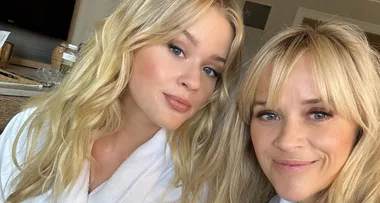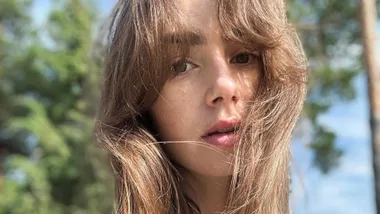The maison’s efforts go beyond great skin, with bee education and conservation at the forefront.
It’s almost necessary to start this with the bee. So fundamental to the world as we know it, this humble, hard-working little creature is all but solely responsible for the planet’s biodiversity. Put simply: if the bee disappeared, so would much of the world’s colour and scent, rendering our Earth almost unrecognisable. It’s a fact that French beauty brand Guerlain knows very well.
The bee has been the maison’s longstanding motif, and taking genuine steps to educate future generations about this little creature has been at the heart of the label’s ethos for more than a decade. One of its initiatives, the Bee School, sees primary school-aged children educated about the importance of the bee for the future of our planet. Meanwhile, in 2021, the brand’s Women for Bees initiative, spearheaded by Hollywood star Angelina Jolie and in partnership with UNESCO, gives disadvantaged women a source of income through beekeeping, as well as creating new apiaries worldwide. The love story between Guerlain and the bees began in 1853 with the now famed “bee bottle”.
Fast-forward to 2011 and the Guerlain for Bees Conservation Programme saw things step up a notch with a sustainability sponsorship initiative with remote French island, Ouessant. Found off the west coast of France, Ouessant really is the heart of this story, because it’s here that arguably the world’s most pure and genetically hardy black bees live.
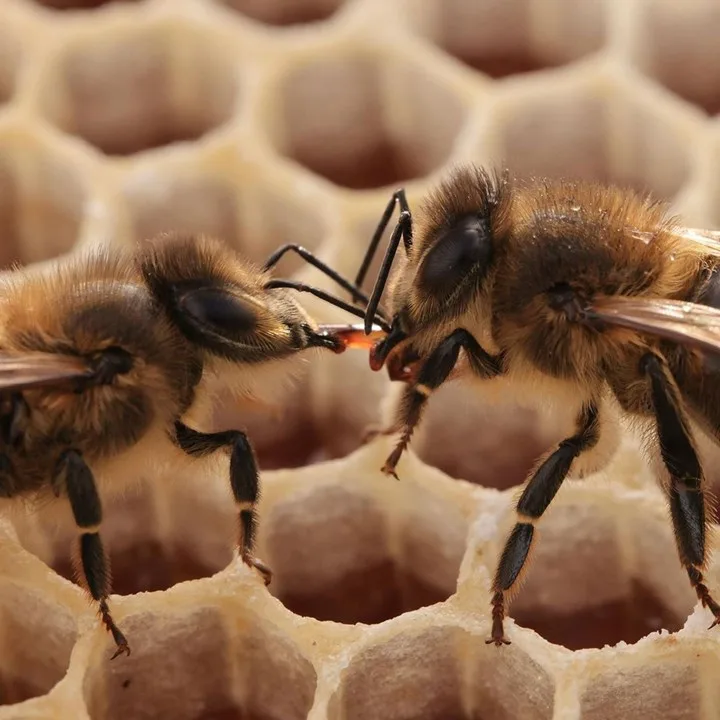
I took two planes, a couple of taxis, a bus, a train, another bus, a boat and an e-bike to witness the black bees on Ouessant, and sample firsthand the incredibly pure honey they create. Admittedly, starting from Australia makes the journey that much longer, but Ouessant, a UNESCO-listed protected ecosystem, is undeniably remote – and it is this remoteness that makes the honey of these genetically unmodified bees so exceptional. To study these black bees, Guerlain set up research platform Beelab two years ago.
Under the guidance of Guerlain’s head of research, Dr Frédéric Bonté, the platform is dedicated entirely to researching the bee, bee products and the effect they have on skin repair. Other honeys have also been studied, allowing Bonté and his team to narrow the list of top performing honeys down to a very small number. Of these precious few, the Ouessant honey comes out on top.
“We have found some very small genetic modifications in these Ouessant bees, which allows them to be very resistant,” explains Bonté when I sit down with him after a day on Ouessant Island. “For example, they can survive the wind or a loss of nutrition. It makes them strong.” The coastline is harsh and wild and to a large degree uninterrupted by humans.
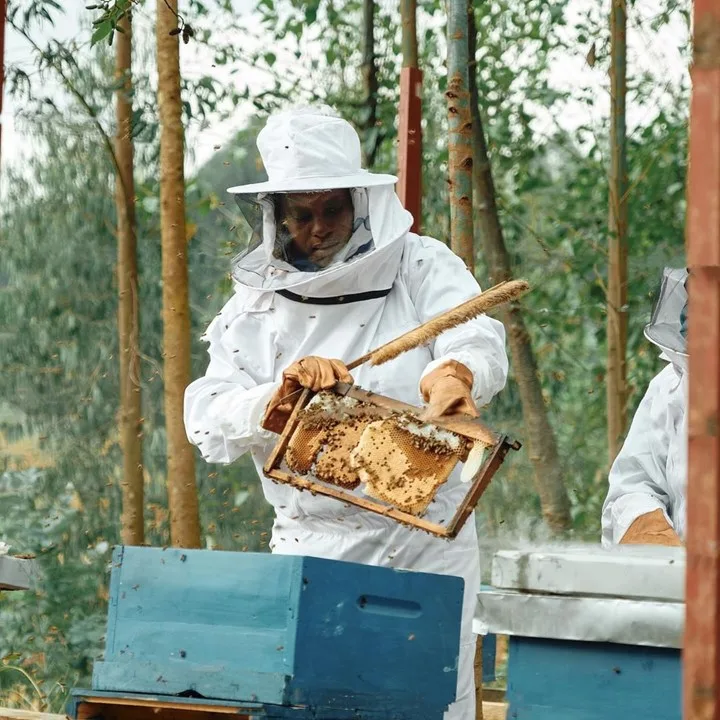
When I visited during a heatwave-prone summer, Paris was in the mid-40s, while Ouessant hovered around 20°C. The bees have had to adapt to wind and cold – and this has had an effect on the honey itself. Bonté explains the honey has been found to help reduce inflammation, support collagen formation and lock in moisture. “This bee is like a treasure because of its insularity, purity and the biodiversity of its unique ecosystem,” he says.
“Preserving this bee and its honey is not only for humanity, it is also because nobody is able to reproduce what the bees are doing. I mean, it’s a too-complex magic of nature. And, yes, it is almost magic.” This know-how about all things bees led to Guerlain’s much-loved range of repairing honey-dosed skincare, Abeille Royale, first released in 2010.
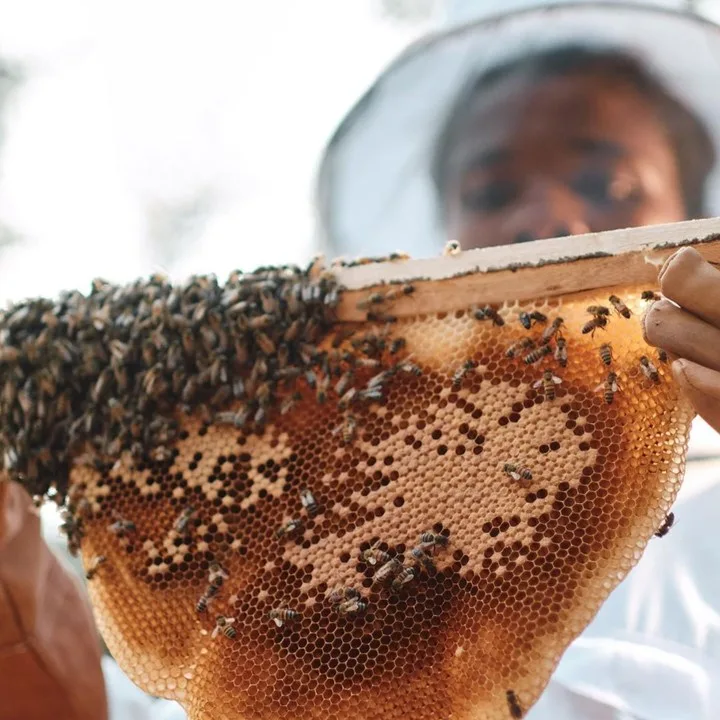
Today, the brand is relaunching the range’s Honey Treatment Day and Night Creams with new formulations that are more nourishing to skin, and new packaging that is kinder to the planet. Inspired by the ancient practice of honey bandages, which modern science has shown to be effective on wounds not responding to standard treatments, the two new creams are dosed with the healing powers of the Ouessant honey, which helps to slow the deterioration of the protein responsible for skin elasticity. The results are impressive, particularly when it comes to skin smoothness, radiance and firmness.
There is also Corsican honey, where the bees feed on chestnut trees, heather and olive trees to create a honey bursting with minerals and trace elements. Then there is an amino acid-rich honey from Åland archipelago in the middle of the Baltic Sea, and an exclusive royal jelly (the food the bees make for their queen).
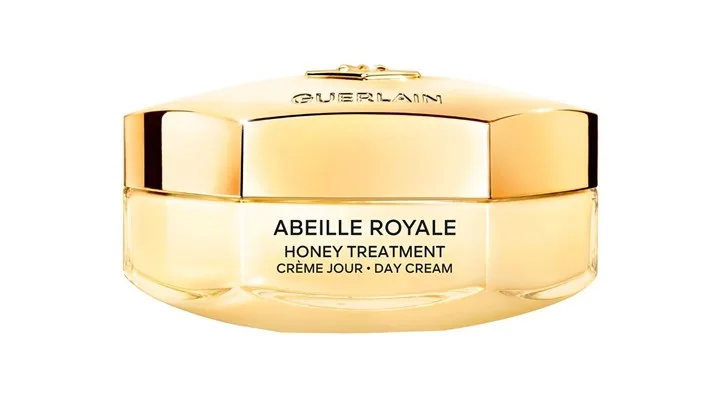
Guerlain Abeille Royale Honey Treatment Day Cream, $255 at David Jones

Guerlain Abeille Royale Honey Treatment Night Cream, $293 at David Jones
Boasting more than 94 per cent naturally-derived ingredients, both creams have also had their hexagonal jars rejigged to include between 20 per cent and 40 per cent recycled glass. And the overall amount of glass used has been reduced by half. Perhaps even more notable is that the jars have been made refillable for the first time. “We believe we have a huge responsibility to break luxury codes,” says Cécile Lochard, Guerlain’s sustainable luxury expert, who was also with me on the trip to Ouessant Island.
“The refill-ability is quite a change of mindset in the way that we buy and consume a luxury product.” Mindset is everything after all. And it is good to take a moment sometimes to think about the little things. Like the bee: a small but mighty insect that stands as sentinel to so much of what we know. It has certainly added depth to my daily skin routine.
Read more on Guerlain’s bee initiatives at guerlain.com
 Supplied
Supplied
